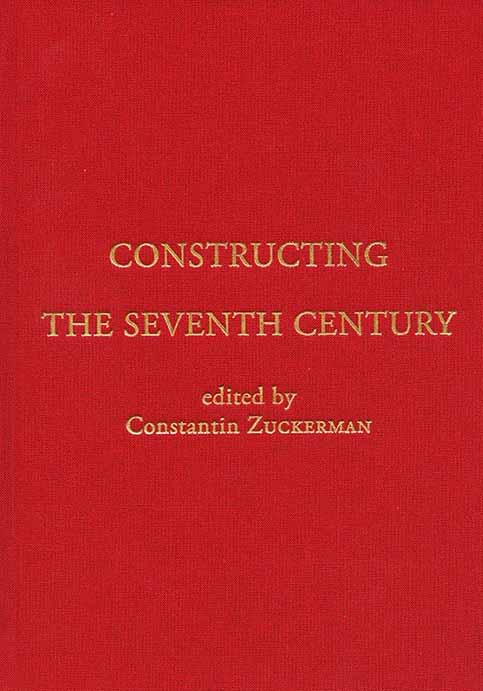Constructing the seventh century

The title of this volume could be misleading. “Constructing the 7th century” by no means implies an intellectual construction. It should rather recall the image of a construction site with its scaffolding and piles of bricks, and with its plentiful uncovered pits. As on the building site of a medieval cathedral, every worker lays his pavement or polishes up his column knowing that one day a majestic edifice will rise and that it will be as accomplished and solid as is the least element of its structure. The reader can imagine the edifice as he reads through the articles collected under this cover, but in this age when syntheses abound it was not the editor’s aim to develop another one.
The contributions to the volume are regrouped in five sections, some more united than the others. The first section is the most tightly knit presenting the results of a collaborative project coordinated by Vincent Déroche. It explores the different versions of a “many shaped” polemical treatise (Dialogica polymorpha antiiudaica) preserved—and edited here—in Greek and Slavonic. The articles that make up the second section have, by contrast, little in common except the intrinsic interest of the subjects explored. Marek Jankowiak revises the date of the first Arab siege of Constantinople, thus provoking a chronological shift for several other events of the late 660s and the early 670s. One of the most obscure tracts of the “Dark Ages” appears in a new light, and every event recorded needs to be contextualized anew. The epigraphical dossier of Bishop John of Soloi, presented by Denis Feissel, features the revised text of one of the best-known seventh-century historical inscriptions describing the Arab raid against Cyprus in 649. However important, this text should not overshadow the interest of the four inscriptions as a group, showing the relentless efforts of a bishop to reign in the surrounding chaos and to repair what was destroyed by enemy or by time. The third section, by far the largest in the volume, deals with issues concerning the re-composition of the imperial elites. The inception of Arab Egypt is studied in the fourth section from different angles. The last section of this volume takes the reader to the north-eastern outskirts of the empire and, for two of the contributions, very far beyond the imperial frontiers.
Volume édité par Constantin ZUCKERMAN




